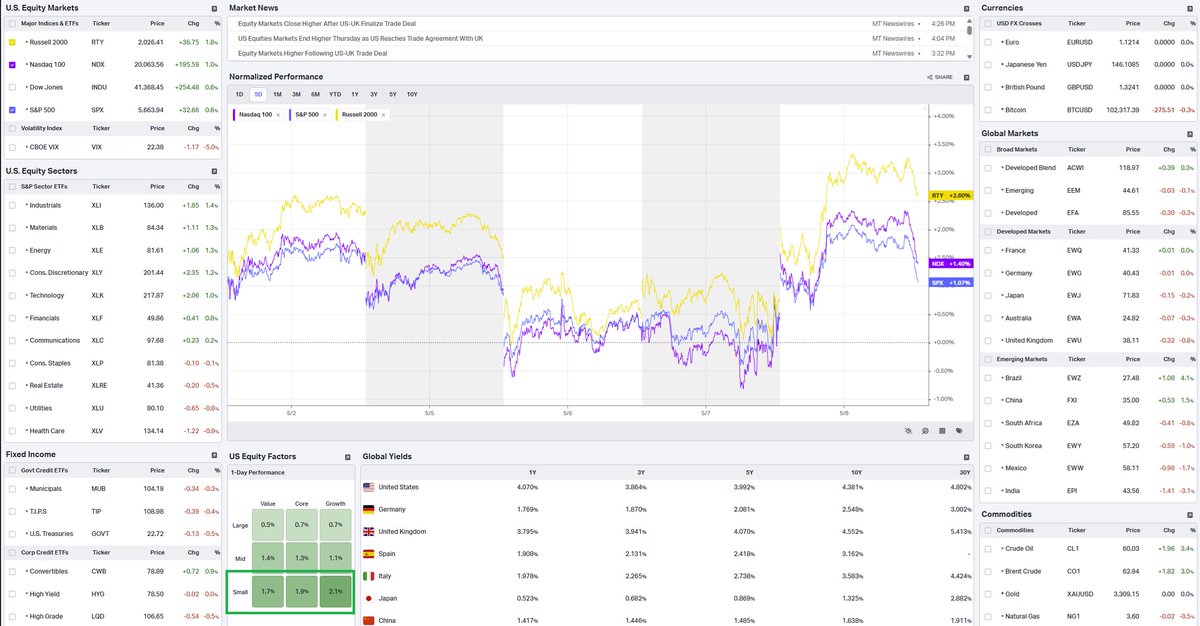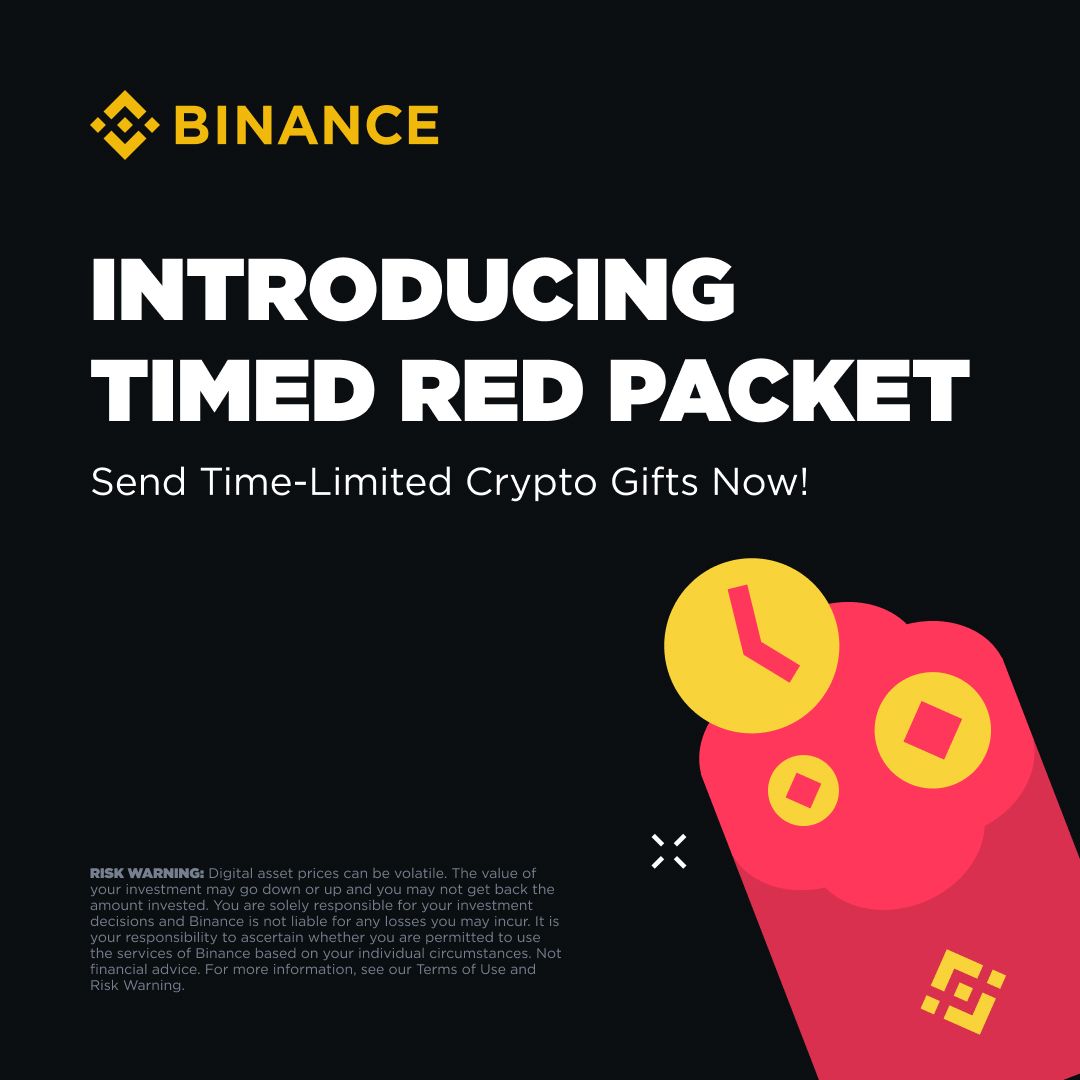
Preço de Measurable Data Token

Aviso legal
A OKX não fornece recomendações de investimentos ou de ativos. Deve ponderar cuidadosamente se fazer trading ou deter ativos digitais é o mais adequado para si, tendo em conta a sua situação financeira. Informe-se junto do seu consultor jurídico/fiscal/de investimentos para esclarecer questões relativas às suas circunstâncias específicas. Para obter mais detalhes, consulte os nossos Termos de Utilização e o Aviso de Risco. Ao utilizar o site de terceiros ("TPW"), aceita que qualquer utilização do TPW está sujeita e será regida pelos termos do TPW. Salvo indicação expressa por escrito, a OKX e os seus afiliados ("OKX") não estão, de forma alguma, associados ao proprietário ou operador do TPW. Concorda que a OKX não é responsável nem imputável por quaisquer perdas, danos e outras consequências que advenham da sua utilização do TPW. Tenha presente que utilizar um TPW poderá resultar na perda ou diminuição dos seus ativos. O produto poderá não estar disponível em todas as jurisdições.
Informações do mercado de Measurable Data Token
Capitalização do mercado = Oferta em circulação × Último preço

Feed de Measurable Data Token











Calculadora de MDT


Desempenho do preço de Measurable Data Token em USD
Conversões de Measurable Data Token populares
| 1 MDT em USD | 0,021340 $ |
| 1 MDT em EUR | 0,018724 € |
| 1 MDT em PHP | 1,1925 ₱ |
| 1 MDT em IDR | 348,29 Rp |
| 1 MDT em GBP | 0,015771 £ |
| 1 MDT em CAD | 0,029207 $ |
| 1 MDT em AED | 0,078382 AED |
| 1 MDT em VND | 556,02 ₫ |
Sobre Measurable Data Token (MDT)
- Site oficial
- Documento técnico
- Github
- Explorador de blocos
Perguntas frequentes sobre Measurable Data Token
Measurable Data Token é um mercado de dados descentralizado movido a blockchain que lida com dados anônimos e garante a privacidade. Ele conecta compradores e vendedores de maneira imutável e inviolável, alimentado por contratos inteligentes e seu token MDT nativo.
O Mensurable Data Token permite que as empresas se conectem anonimamente com os vendedores de dados, permitindo que eles ofereçam o que podem pelo preço certo. O ecossistema tem um aplicativo baseado em dispositivos móveis no RewardMe, permitindo a integração perfeita do usuário.
Compre facilmente tokens MDT na plataforma de criptomoeda OKX. O terminal de negociação à vista da OKX oferece o par de negociação MDT/USDT. Você também pode trocar suas criptomoedas existentes, incluindo XRP (XRP), Cardano (ADA), Solana (SOL), e Chainlink (LINK), para MDT com taxas zero e sem derrapagem de preço usando OKX Convert.
Divulgação ASG
Calculadora de MDT













